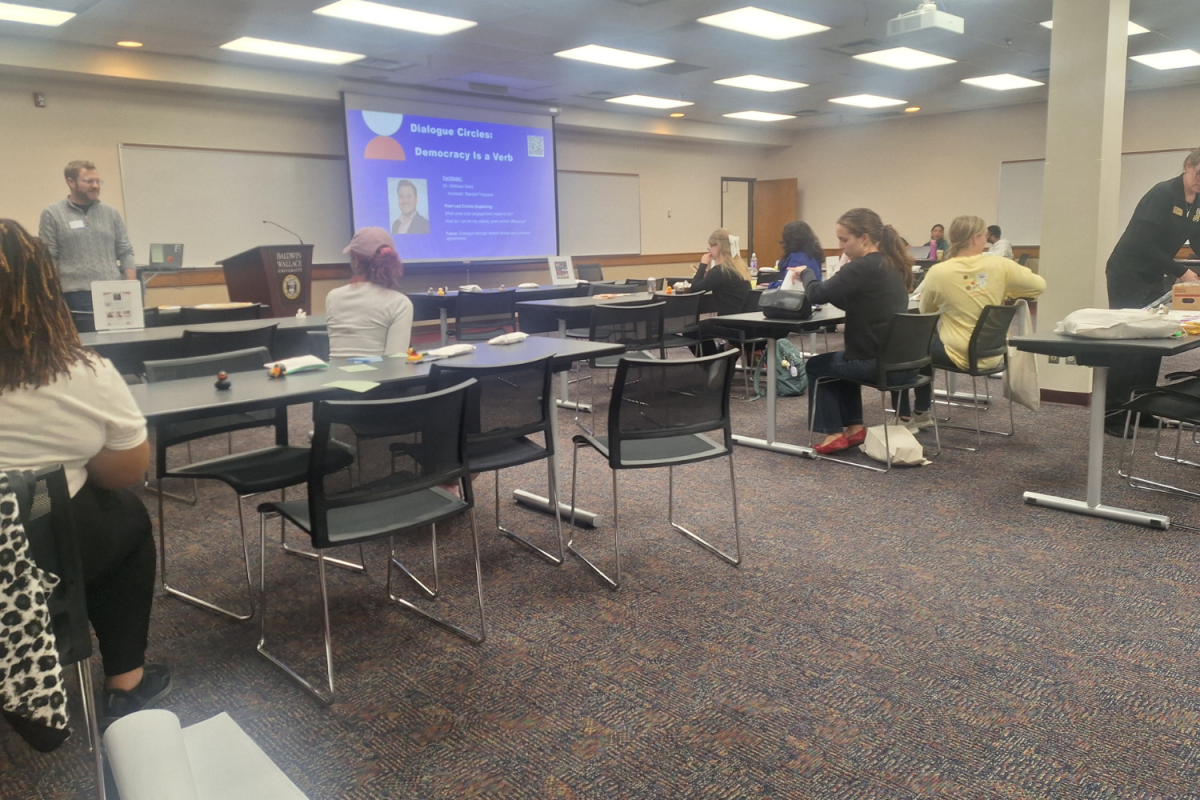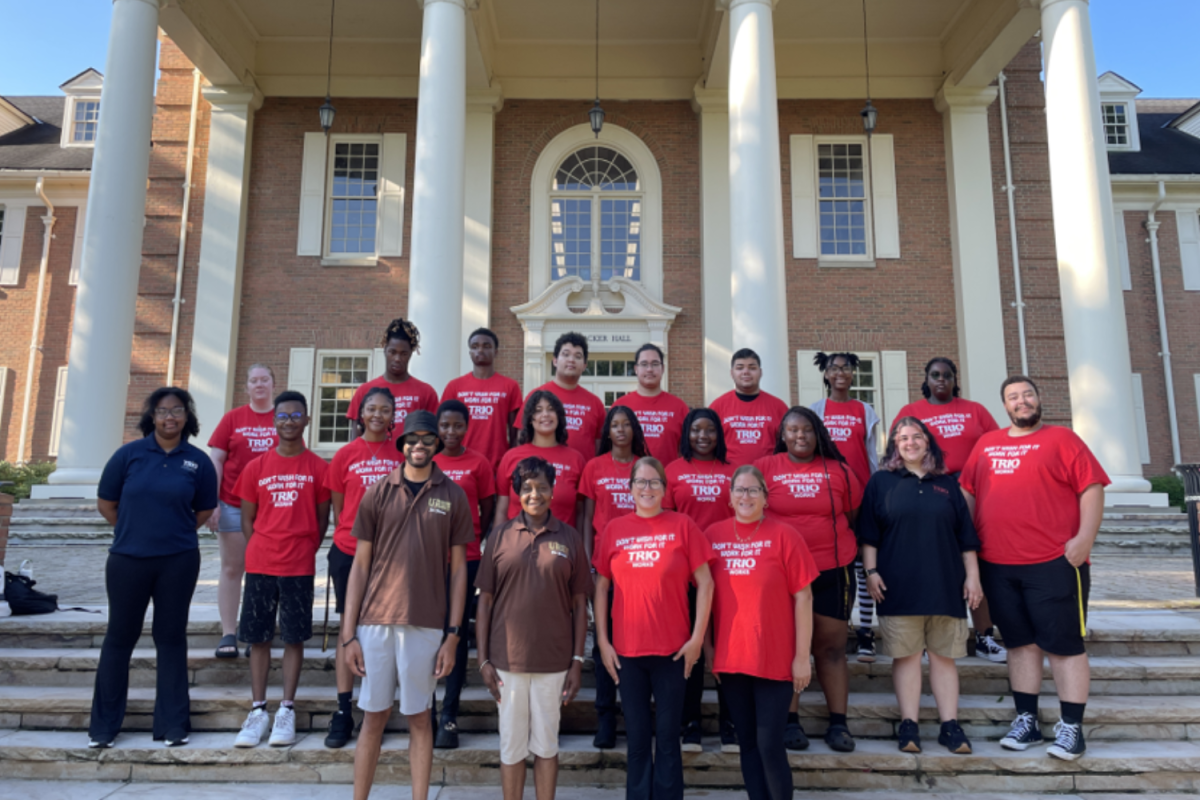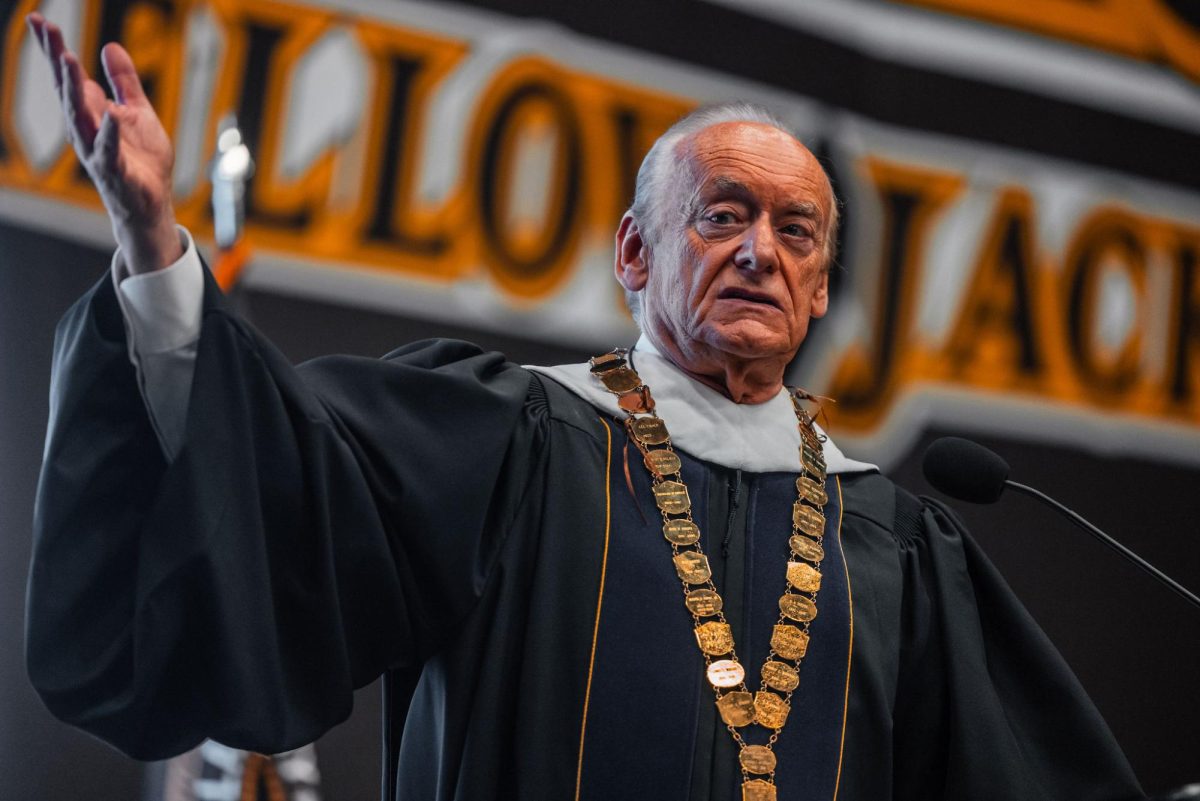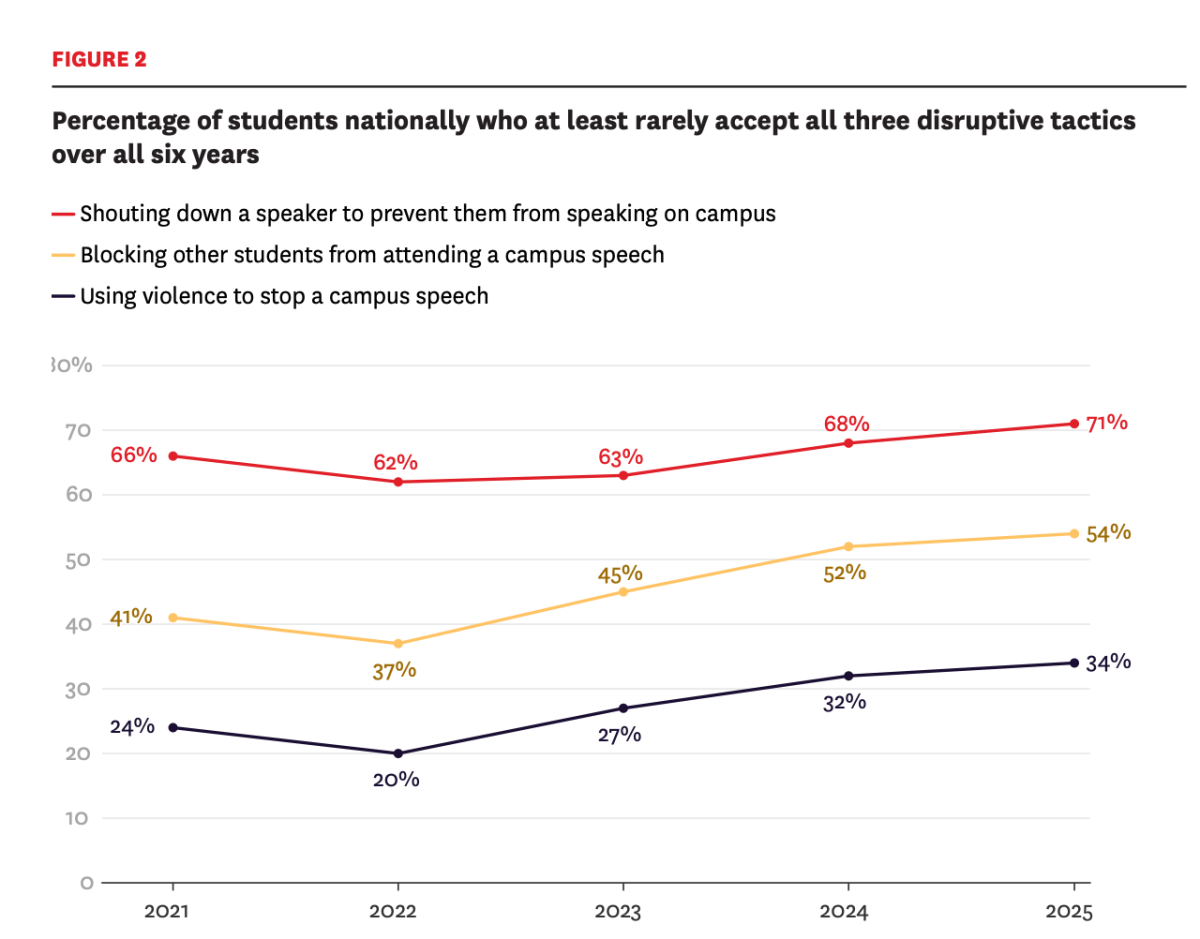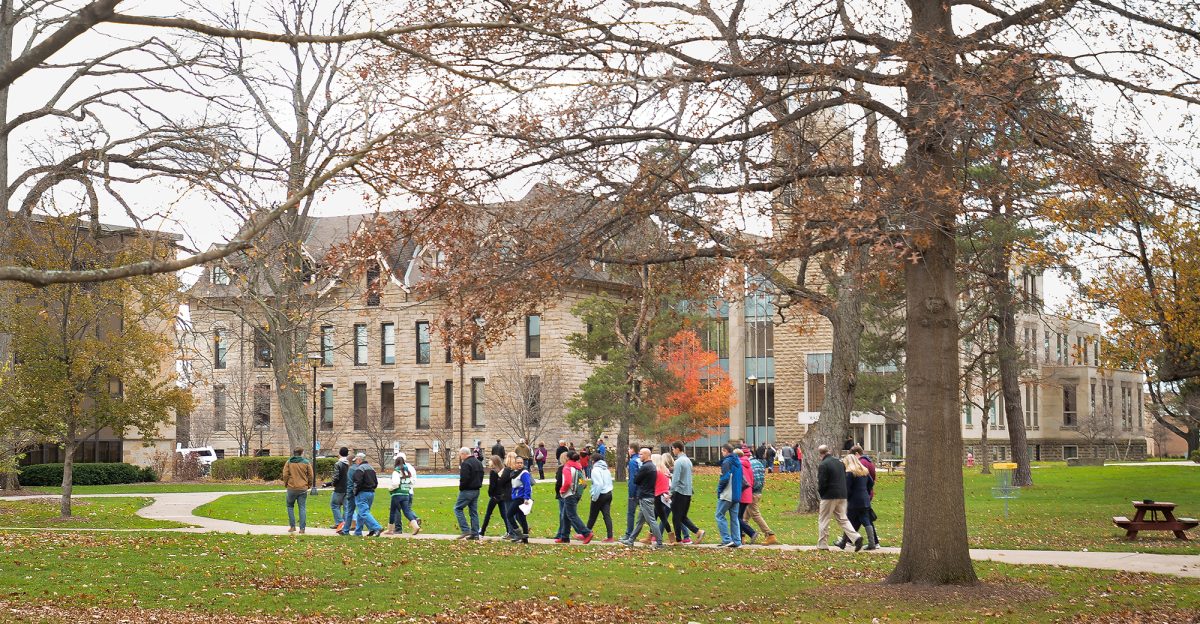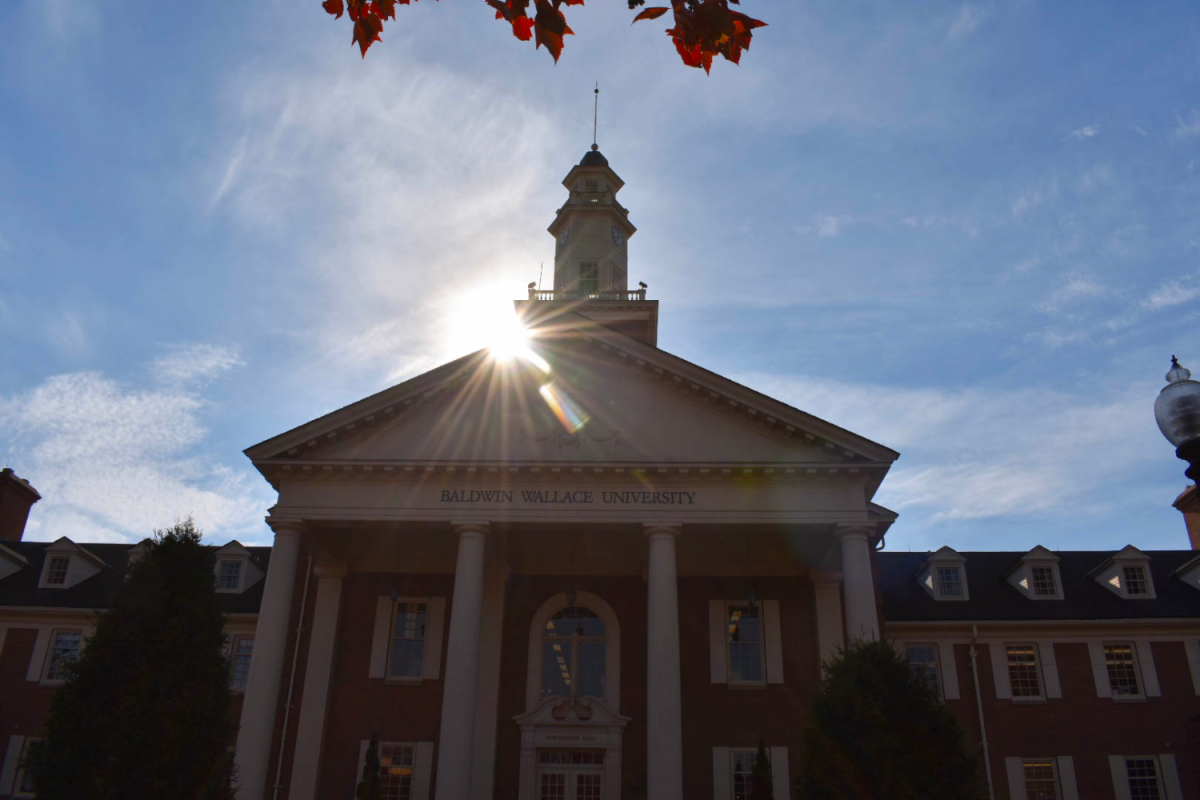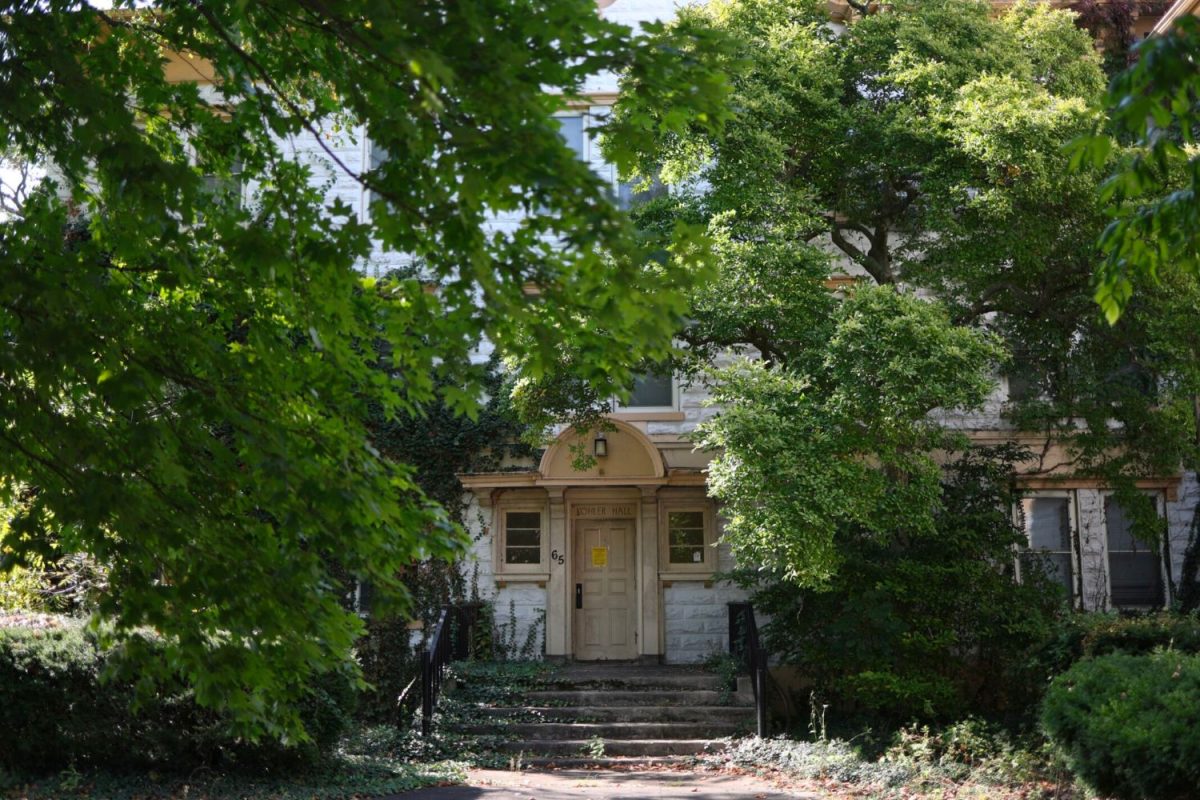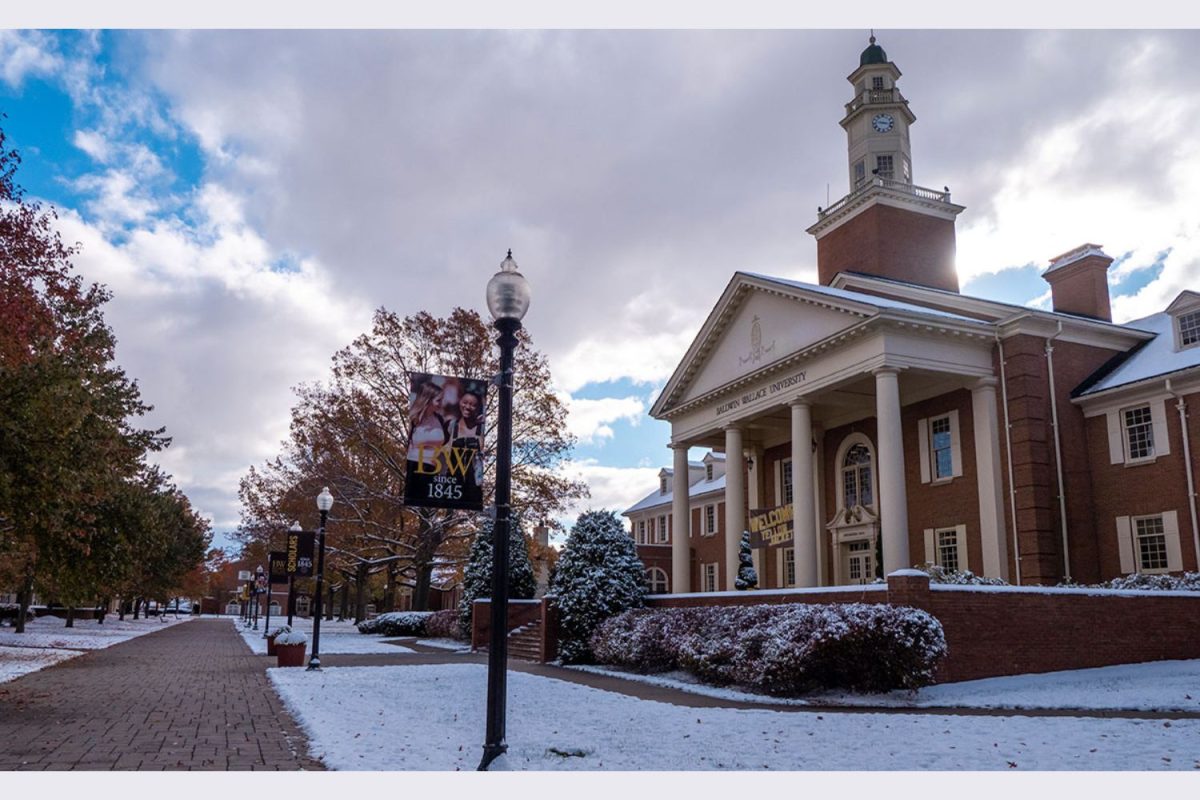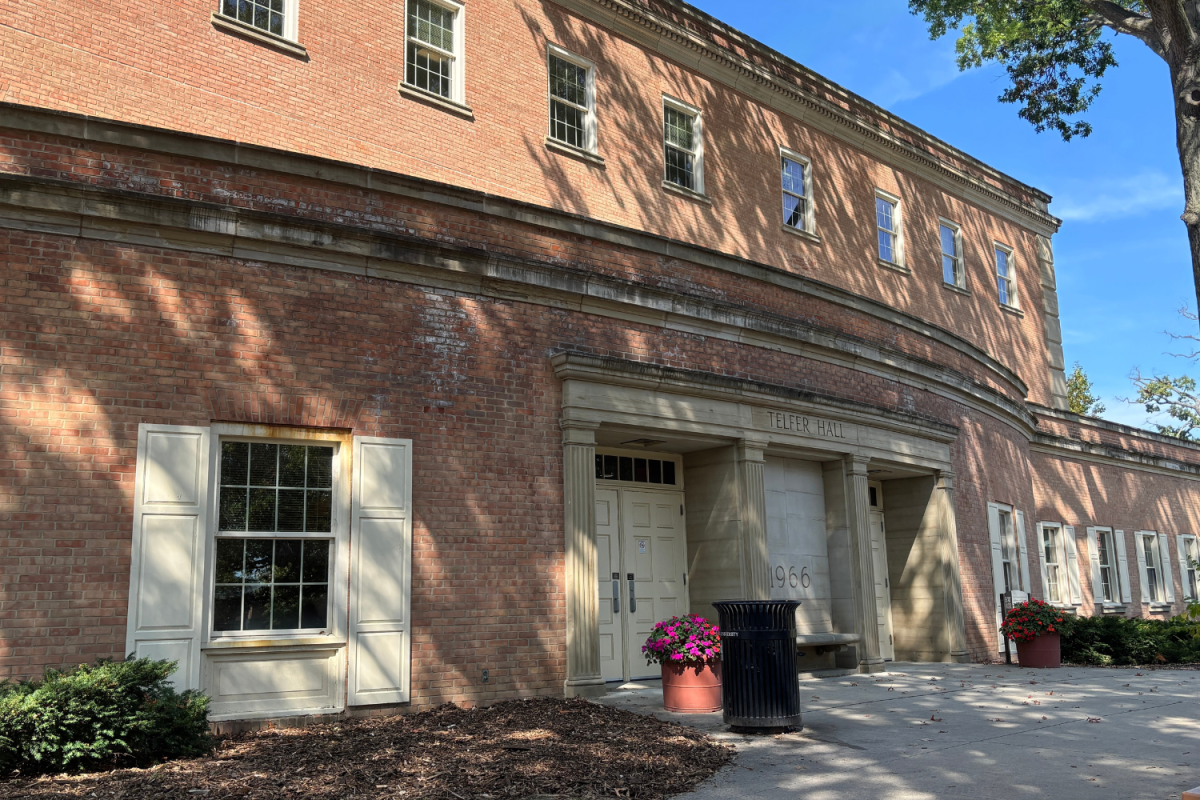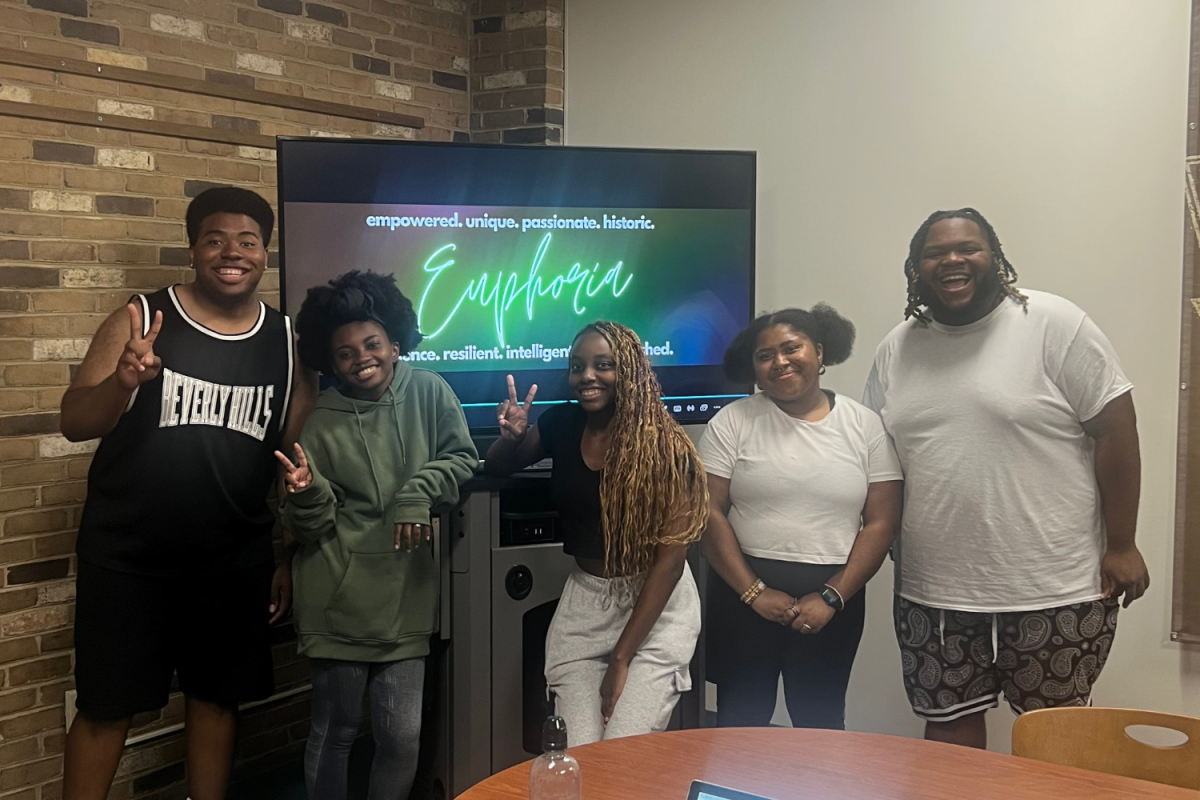Baldwin Wallace University officials project a budget deficit of $4.8 million dollars that must be eliminated, and plan to review and adjust budgets to do so.
In an internal communication to faculty and staff on Sept. 8, BW president Lee Fisher stated that revenue does not cover the current fiscal year’s annual expenses, and that it requires them to “make long-term strategic budget adjustments” to achieve a balanced budget heading into 2027.
In a Sept. 12 email to colleagues, President Lee Fisher made it clear that he fully expects the university to get through this tough time. He specifically addressed a rumor that the university would be closing within 18 months, and firmly denied it, writing, “Let me be very clear: This is NOT true.”
In the past few years, the university discovered a deficit of nearly $20 million dollars which forced the cuts of 10 programs and 49 staff layoffs at the beginning of last year. With $4.8 million still to go, budget deliberations should begin soon. Kent Cleland, faculty senate president, along with the university’s senior leadership, are confident and hopeful that the deficit will be eliminated, and that the university will remain committed to prioritizing students.
However, the restructuring process to balance the budget may come with some costs. Cleland said there remains the possibility of further cuts and layoffs.
“Academic Affairs, that’s the biggest part of the university budget. So, it wouldn’t surprise me if there are more cuts coming along the way,” Cleland said.
Cleland said that he does not know what cuts could happen, but knows that the administration is currently working on a process to produce metrics for making those decisions. When that happens, the administration, the faculty, and the board of trustees will meet to discuss.
University leadership did not say one way or the other if there are expected program cuts or layoffs in a Sept. 16 statement to The Exponent, but remains optimistic that the budget will be balanced and that BW will become an institution that leads change rather than reacting to it.
Samela Xhaferi, student senate president, noted that while students learned about budget cuts “at the same time the rest of the student body learned it…We haven’t seen any changes or impacts on student government, student organizations and clubs on campus,” Xhaferi said.
In university leadership’s statement, they said in that they are taking a “deliberate” approach to optimize BW’s resources while still preserving the university’s defining “intimate learning environment.”
“While all the details are not yet in place, President Fisher has asked faculty and staff to adopt a mindset of realistic optimism and shared purpose as we develop a transformation action plan and ensure a strong, sustainable financial foundation for the future,” university leadership said.
How did BW get here?
Cleland said that inflation, outdated office systems, and lower revenue from smaller incoming classes in recent years is mainly what caused this ongoing budget issue.
Cleland said the lack of modernized office systems led the university to lose track of where some of the money was going.
In university leadership’s statement, they described president Fisher’s plan to address previous financial issues, and to implement what Fisher calls a “healthy process for regular and rigorous review of budgets across the university…” This includes stricter oversight of departmental spending, with departments required to “track and spend within the limits of approved department budgets.”
The other two issues, however, are problems that all universities are facing, from small schools to state schools.
Cleland said the lower enrollment has to do with declining birth rates surrounding the 2008 market crash. Now the country is nearing the time when that generation is turning 18 and going to college. Cleland said that all universities are being forced to reevaluate their budgets to determine what is necessary amidst declining enrollment from a smaller population.
According to university leadership’s statement, this year’s incoming freshman class (509) was markedly down from last year’s (698), but university leadership stated that they anticipated this drop off and “strategically adjusted expenses to accommodate the shift while maintaining our commitment to personalized education.”
Additionally, university leadership noted in its statement that interest among high school juniors and their families at the beginning of their college search is trending upward, which they say positions BW for a “robust” enrollment in the coming year.
What makes BW different?
With colleges across the nation addressing this issue, it is incumbent upon each one to find out what makes them unique, to truly pinpoint their identity.
Cleland said BW is currently trying to figure out how to show incoming students what it does particularly well; it wants to make its case over the many other small, liberal arts universities in the state.
“Part of it is making sure we have programs that people want to pursue so that they can feed into careers directly out of university,” Cleland said. “Part of it is also the unique way that we train students to really become excellent at what they do. We do better at that than a lot of places do.”
Cleland highlighted many of the aspects that make BW a viable option for students, such as the university’s location just outside of Cleveland. Being near such a big city makes opportunities such as internships much more accessible and plentiful when compared to other small schools in rural areas.
Cleland also said there has been talk of offering micro-credentials: smaller, more specific certifications that people who aren’t looking for a full-fledged degree could earn from BW.
The university is also exploring new revenue sources beyond tuition, including “philanthropy, corporate and organizational partnerships, government and foundation grants, naming rights and revenue-generating ventures and services,” according to university leadership’s statement.
BW is not alone in this process. In its statement, university leadership made it clear that “Every responsible, well-managed organization is continuously looking to get better, more effective and efficient,” and BW is no exception.
Where does BW go from here?
In his Sept. 12 email, Fisher said that BW is stronger today than it has been in recent years, and that, despite there being challenging work ahead, he is confident in the “profitable and sustainable” future of the university.
“Addressing this structural deficit will take effort and discipline across the university, and by working together, we can ensure a strong, sustainable financial foundation for the future,” Fisher wrote.
Cleland said that Fisher’s communication and transparency has been very welcome to the faculty, and that the president is making collaboration with the faculty a priority. Cleland affirmed that the university is committed to preserving student experience above all else.
Student leadership on campus echoed this approach. Xhaferi expressed optimism on working with President Fisher, noting his background in higher education and emphasizing that Student Senate “is the bridge between student and administrations.” Xhaferi believes that by “bringing those conflicts and kind of working together, I think this will be solved next year.”
Cleland affirmed that the faculty, along with the university administration and the board of trustees, will prioritize the student experience at BW, and will not just make decisions for budgetary reasons alone.
“You have to make decisions based on preserving the student experience, making sure that we’re still being true to who we are and providing the best education that we can for our students,” Cleland said. “That’s something that I think president Fisher has been very, very open about.”

